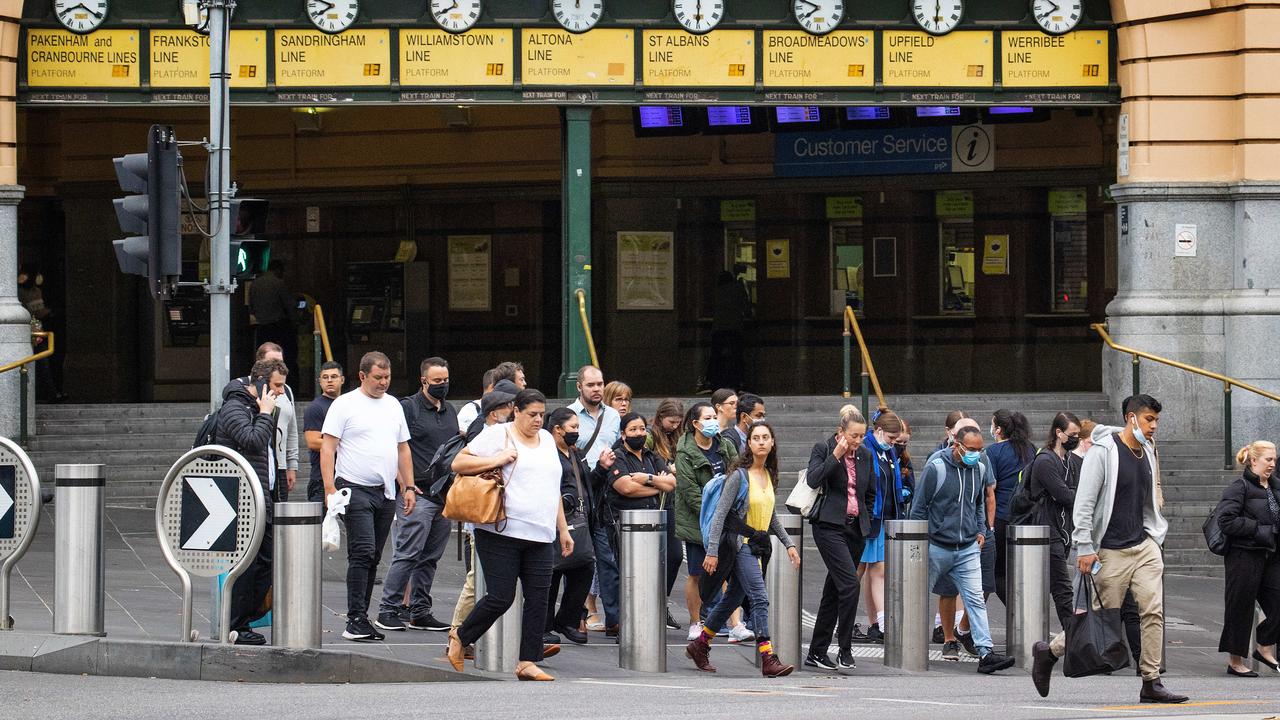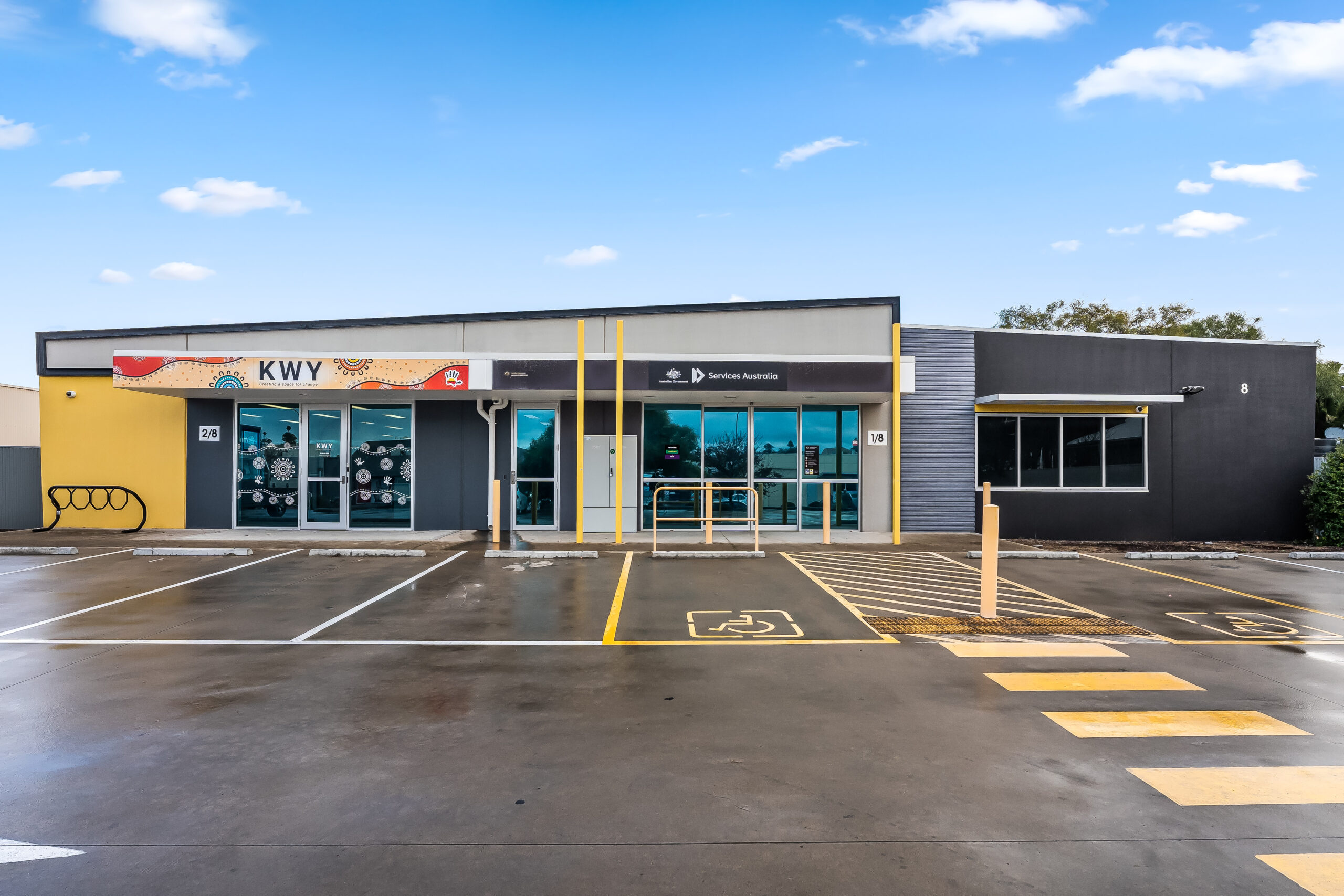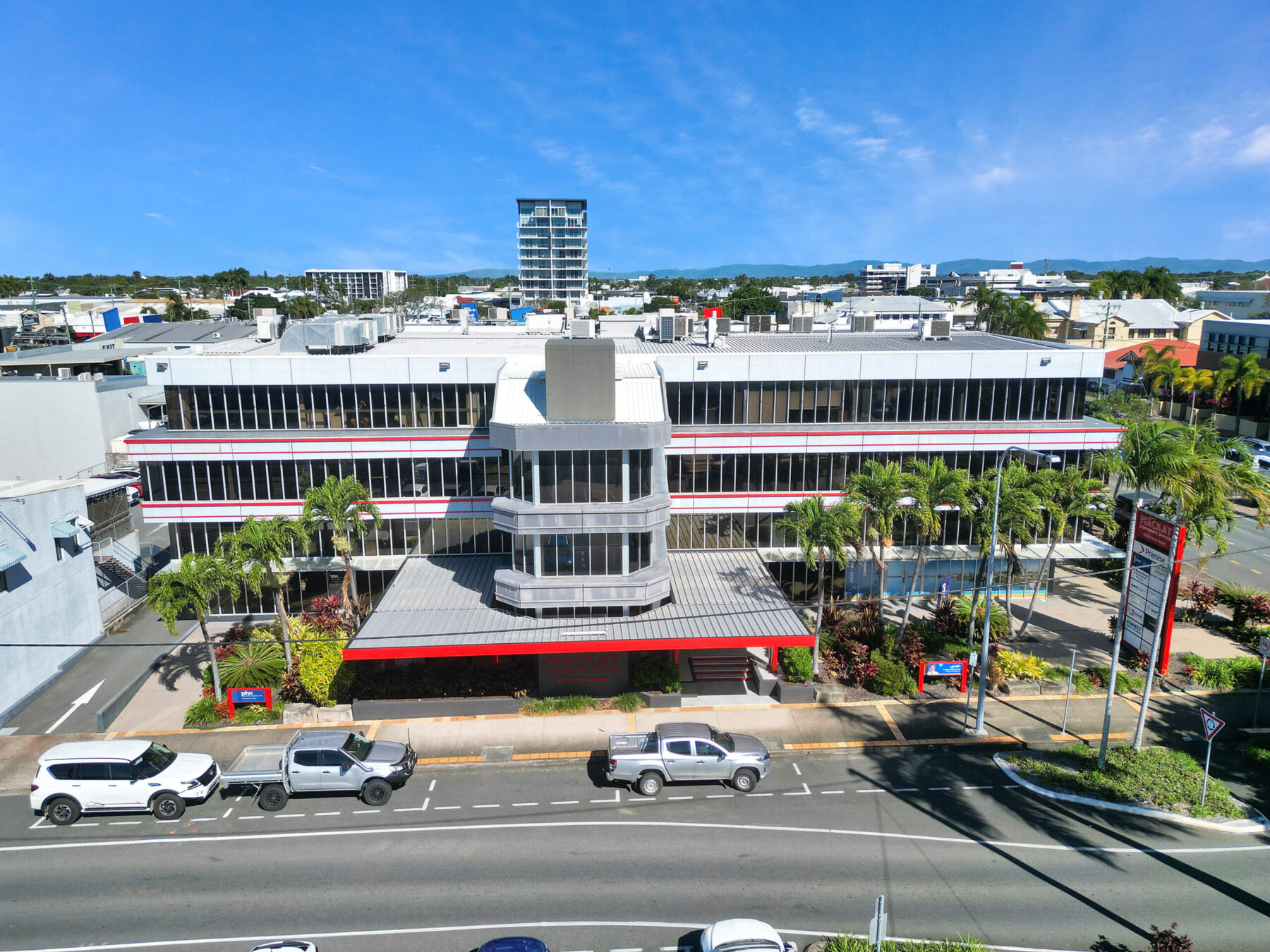
Office occupancy levels in Melbourne’s CBD have doubled in March, with new data from the
Property Council revealing the city’s occupancy is at its highest since May 2021.
The latest Office Occupancy Survey by the Property Council of Australia reveals occupancy levels are sitting at 32 per cent, following the Victorian Government’s removal of the mask mandate and the work from home orders in late February.
The March figures were up from 15 per cent in February, and record-low numbers in January when occupancy sat at just 4 per cent, caused by a combination of the impacts of the Omicron wave, and the holiday period.

Property Council Victorian Executive Director, Danni Hunter, said: “This dramatic jump in office occupancy figures is a clear vote of confidence for the rebound and recovery of Melbourne’s CBD, and a clear-cut demonstration of the progress that can be made with stable, sensible policy.”
“In the past month, Melbourne’s CBD has been buzzing with energy as city workers once again line the streets, sending the message that Melburnians are ready to connect, collaborate and take in the full Melbourne experience that has been dampened over the past two years.
“Our CBD is the engine room of Victoria’s productivity and economic output and where the brightest minds and talent come from across the state to connect in ways that simply cannot be done elsewhere. The city is where creativity, innovation and the benefits of spontaneous interaction come together to deliver an experience like no other – it’s where the sparks fly.”
Ms Hunter said whilst this uptick in office occupancy was encouraging, much work was still to be done to encourage office workers to return the CBD to pre-pandemic levels and to see Melbourne catch up to other capital cities.
Ahead of the Victorian state budget, Ms Hunter said the Victorian Government must adopt a growth mindset for Victoria’s economy, to restore purposeful population growth to Victoria, enhance the state’s competitiveness and continue the revival of the Melbourne central city economy.
“Melbourne’s population has experienced a 1.2 per cent drop in residents as international students and city dwellers departed, declining by 60,500 people in a single year – more than any other Australian capital city,” Ms Hunter said.
“For Melbourne’s CBD, adopting a growth mindset is not about simply reverting to the 2019 version of our great city – it is about taking the learnings of the past two years and embracing its tremendous cultural shift, to achieve a prosperous and revived vision for the economic hub of our state.
“As the city adjusts to its new rhythm, we cannot rest and simply let the revitalisation effort amble along. Both government and the private sector must remain focussed on attracting and encouraging workers back to the city to bring forward the full revitalisation of our CBD following the devastation of the past two years.”
The Property Council data revealed Adelaide’s CBD was leading the charge when it came to office occupancy, sitting at 61 per cent, followed by Brisbane (48 per cent), Canberra and Perth (both 45 per cent) and Sydney (41 per cent). Perth was the only state that saw a fall in office occupancy, dropping to its lowest occupancy since July 2020.
The full results for the March Office Occupancy Survey can be found HERE.
| Melbourne CBD | Sydney CBD | Perth CBD | Canberra CBD | Brisbane CBD | Adelaide CBD | |
| Jul-20 | 20% | 36% | 67% | 49% | 62% | 48% |
| Aug-20 | 8% | 33% | 61% | 53% | 68% | 50% |
| Sep-20 | 11% | 39% | 70% | 51% | 74% | 58% |
| Oct-20 | 8% | 44% | 85% | 70% | 81% | 68% |
| Nov-20 | 14% | 50% | 85% | 72% | 76% | 68% |
| Jan-21 | 34% | 50% | 74% | 76% | 77% | 70% |
| Feb-21 | 27% | 54% | 72% | 72% | 77% | 72% |
| Mar-21 | 39% | 56% | 79% | 72% | 79% | 69% |
| Apr-21 | 45% | 65% | 78% | 70% | 78% | 70% |
| May-21 | 45% | 68% | 77% | 71% | 78% | 71% |
| Jun-21 | 26% | 67% | 76% | 72% | 71% | 80% |
| Jul-21 | 12% | 7% | 78% | 73% | 67% | 15% |
| Aug-21 | 7% | 4% | 77% | 8% | 60% | 65% |
| Sep-21 | 6% | 4% | 76% | 8% | 64% | 51% |
| Oct-21 | 4% | 8% | 79% | 7% | 57% | 64% |
| Nov-21 | 12% | 23% | 77% | 17% | 63% | 73% |
| Jan-22 | 4% | 7% | 66% | 7% | 13% | 11% |
| Feb-22 | 15% | 18% | 55% | 21% | 41% | 47% |
| Mar-22 | 32% | 41% | 45% | 45% | 48% | 61% |



